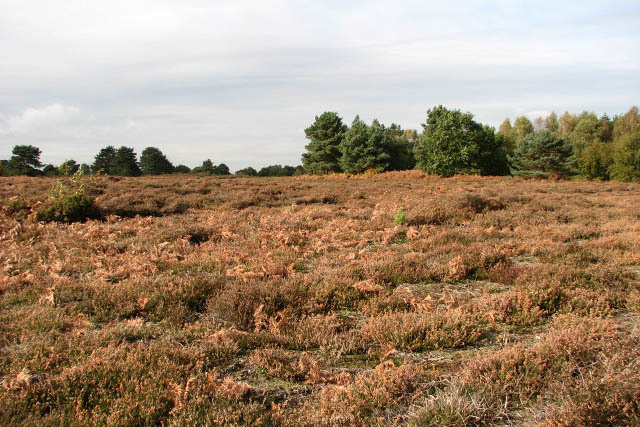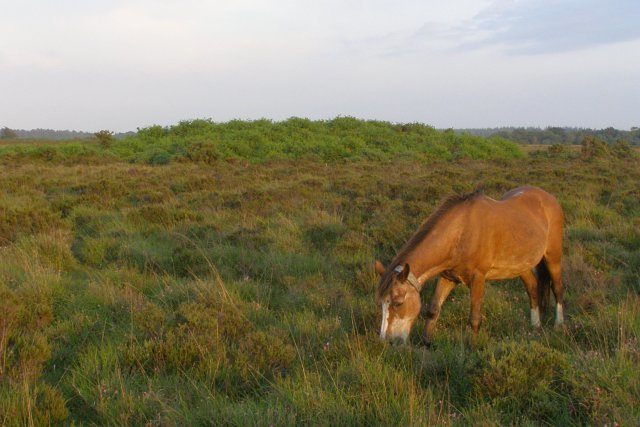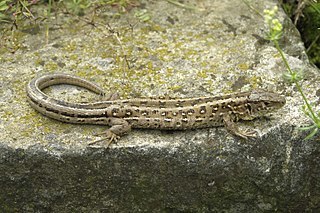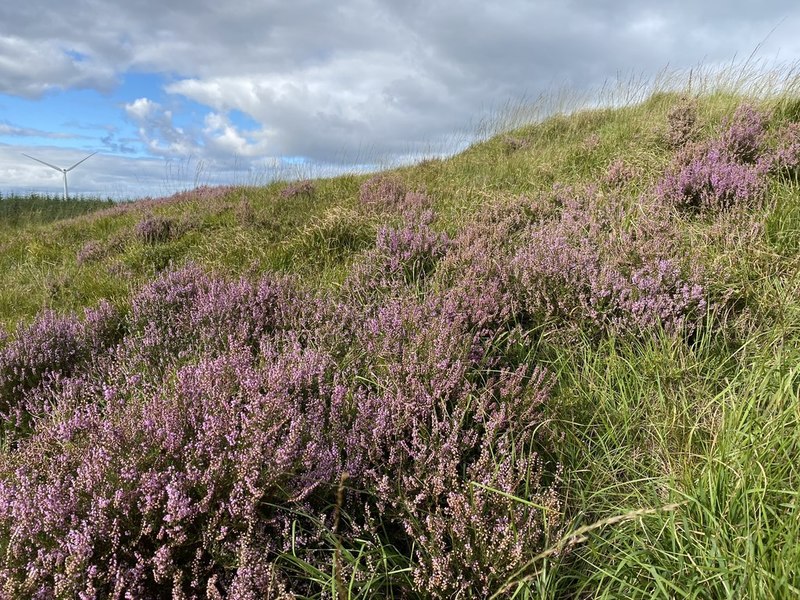Factsheet
Heathland
Heathlands are largely artificially created habitats. They only persist if they are managed. Many of the heaths in England would quickly become woodland if no maintenance occurred.
Credits
RSPB, Heathland Extent and Potential (HEaP) maps, (Online), Available from: https://www.rspb.org.uk/our-work/conservation/conservation-and-sustainability/advice/conservation-land-management-advice/heathland-extent-and-potential-maps/ [Accessed 18/12/20]
The Wildlife Trusts, Heathland and Moorland, (Online), Available from: https://www.wildlifetrusts.org/habitats/heathland-and-moorland [Accessed 18/12/20]
Buglife, Lowland Heathland, (Online), Available from: https://www.buglife.org.uk/resources/habitat-management/lowland-heathland/ [Accessed 18/12/20]
Sussex Wildlife Trust, Heathland Management, (Online), Available from: https://sussexwildlifetrust.org.uk/discover/around-sussex/heathland/heathland-management [Accessed 18/12/20]
Air Pollution Information System, Heath and montane scrub, (Online), Available from: http://www.apis.ac.uk/overview/ecosystems/overview_heath.htm [Accessed 18/12/20]
Staffordshire Government, History and management of heathland, (Online), Available from: https://www.staffordshire.gov.uk/environment/Environment-and-countryside/Managing-Cannock-Chase/Documents/Factsheet-1-Heathland-Management.pdf [Accessed 18/12/20]
Amphibian and Reptile Conservation (ARC), Lowland Dry Heath, (Online), Available from: https://www.arc-trust.org/heathland [Accessed 18/12/20]
What is Heathland?
 Heathland is the name given to wide open landscapes dominated by low-growing shrubs, such as gorse, heather and the heathland grasses that give it its name. Heathland has only a few trees and no herbaceous plants.
Heathland is the name given to wide open landscapes dominated by low-growing shrubs, such as gorse, heather and the heathland grasses that give it its name. Heathland has only a few trees and no herbaceous plants.
Heathlands are artificially created habitats. Most heathlands are thought to date from the Bronze Age some 3000 years ago. They occur on barren land (land that does not have enough soil nutrients for farming crops) and usually have sandy, free draining soils. They only persist if they are managed, as the seeds of tree species such as pine and silver birch would take over readily without this being prevented. This maintenance happens through careful cutting, grazing and even burning. Sometimes, turf stripping is used to clear all areas of vegetation, allowing the bare soil to restore.
Much heathland would quickly become woodland if no maintenance occurred. Historically, after the last Ice Age, open areas of heathland would have been created in areas of woodland by animals such as wild ponies, deer, bison and wild cattle. The first human settlers brought their own domesticated animals and expanded these areas. Primitive farming techniques could not prevent the leaching of nutrients, rain washing the nutrients out of sandy soil. Crops failed, the land was abandoned and these poor soils provided a fine habitat for heathers.
Photo: Evelyn Simak
Where are the UK's Heathlands?
There are different types of heathland depending on climate and altitude as well as the type of underlying soil.
Upland heath is found growing on peat and mineral soils in the north and west of the UK, as well as in the southern uplands such as Exmoor and Dartmoor. These areas of heathland are sometimes known as moorland. Lowland heath is found below about 300m on more freely draining sands and gravels. Much upland heath has now been overgrazed and has been replaced with poor quality grassland.
Most of the lowland heathlands have developed on freely-drained sands and gravels. The nutrient-poor sandy soil is well-aerated and sun-warmed, giving rise to a unique set of environmental conditions. There are also a few wet areas, with acidic peat bogs, dominated by Sphagnum moss. Shallow heathland pools are inhabited by many plants and insects (especially dragonflies) that are rare elsewhere. One fifth of the planet’s lowland heathland is found in Britain.
Both upland and lowland heaths require some human intervention to prevent them turning into forests. Two further types of ‘true’ heathland which do not need intervention are montane and maritime heath. Montane heath develops at high altitudes, around 700 metres above sea level, where taller shrubs and trees are prevented from growing by exposure to the wind. Maritime heath is found on cliffs such as those along the Atlantic coast. Here, the salty air and sea wind helps keep plants from growing too tall and provides ideal conditions for heathers and gorse.
What methods are Used to Manage Heathland?
 A wide range of methods are used to maintain heathlands. Grazing animals that cleared areas of forest and created the first heathland thousands of years ago are still used to maintain heathlands to this day. In places such as Ashdown forest, grazing enclosures are created on areas of heath and are moved around so that livestock such as Hebridean sheep and and Exmoor ponies can prevent scrubland plants from encroaching.
A wide range of methods are used to maintain heathlands. Grazing animals that cleared areas of forest and created the first heathland thousands of years ago are still used to maintain heathlands to this day. In places such as Ashdown forest, grazing enclosures are created on areas of heath and are moved around so that livestock such as Hebridean sheep and and Exmoor ponies can prevent scrubland plants from encroaching.
Scrub is the name given to woody plants that would become forests if not managed. Silver birch is the main species that would grow on heathland if not cleared regularly. Silver birch produces a large number of wind borne seeds which grow into saplings that drop leaves and threaten the heather. Special mowers called flails are mounted on to tractors and used to clear the saplings before this can happen. Bracken can also take over heathland and this is mown away using tractors fitted with rotary swipe cutters.
Heather also has to be cut back to keep it at an even height suitable for invertebrates to use as a habitat. A forage harvester is used to cut the heather but retain the seeds, meaning that they can be planted again on other parts of the heathland. Small areas of land are also ‘scraped’ with excavators to clear the soil altogether. The exposed soil allows the heathland to be restored and the heather cuttings are used for composting.
In some cases, controlled burning is used to clear away all the leaf matter that has built up under the vegetation so that the bare mineral soil can be used by the invertebrates that depend on it. Burning should only be carried out in winter, to avoid risk of it spreading too far.
Photo: Jim Champion
What Types of Wildlife Thrive on Heathland?
Heathland provides a habitat for many plant and animal species that cannot survive elsewhere. As well as plants such as gorse and heathers, numerous invertebrates make their homes on heathland. Some species are very rare such as the heath grasshopper, the dusky cockroach, the potter wasp, and the ladybird spider. The Silver-studded blue butterfly also makes its home amongst the heather as do 3 species of dragonfly which are only found on lowland heaths.
Many mammals such as rabbits, weasels, stoats and hares make heathlands their home and this habitat also supports all six of the UK’s reptile species. Heaths provide warm, open areas for reptiles to bask and lay their eggs, as well as being a source of invertebrate food. The sand lizard is one of the UK’s rarest reptiles, due to habitat loss and now survives in only a few heathland areas, mainly in Dorset, Hampshire and Surrey. Living in similar locations, as it favours the same type of habitat, is the smooth snake, which is also very rare. Adders, grass snakes and slow worms also live on heathland, as do common lizards. Amphibians like the natterjack toad need the warm, shallow pools typical of lowland heaths to breed.

What are Some of the Threats to Heathland?
Over the past 150 years up to 85% of lowland heathland has been given over to agricultural use and conifer planting. Heathland soils can become enriched by agriculture affecting their suitability for heathers. Pressure from developers, keen to use heathland for building is a further threat.
Much upland heath has been over grazed, while lowland heath is sometimes drained, threatening the wildlife that lives there. Meanwhile, heathland that has not been managed has gradually become woodland.
Airborne pollutants such as nitrogen and ammonia also pose a threat to the vegetation of heathlands, particularly mosses and lichens. As heathlands are naturally low in nutrients, they are extra susceptible to harm caused by excessive atmospheric pollution. In the UK, nearly 30% of dwarf shrub heaths and 97% of montane habitats were found to exceed their critical loads for nitrogen in a 2006-2008 study.
Heathland is also at risk of fire as the types of plants that grow there are highly flammable. A misplaced barbecue or discarded cigarette end can have devastating effects on large areas of heathland. Some fires are also started deliberately. In 2020, a fire in Wareham Forest in Dorset affected approx 220 hectares of heath and woodland, and needed help from 50 fire stations to bring it under control in a rescue operation lasting two weeks. A fire on Upton Heath in 2011 damaged around 250 acres heathland and took 30 fire engines and 11 Land Rovers to put out the blaze.
How is UK Heathland being protected?
 The fragmented patches of heathland remaining in the UK make up a tiny percentage of the amount that existed even a hundred years ago. In order to ensure the survival of this unique habitat, various projects are underway.
The fragmented patches of heathland remaining in the UK make up a tiny percentage of the amount that existed even a hundred years ago. In order to ensure the survival of this unique habitat, various projects are underway.
The RSPB has mapped out all of the lowland heathland in England and has made the Heathland Extent and Potential (HEaP) maps freely available to download, so that support can be better targeted at these areas and planners can use the information to aid restoration and protection programmes.
Many wildlife trusts carry out careful maintenance work, conserving heathland by clearing encroaching scrub, re-instating grazing regimes and reseeding heathers throughout the UK.
Photo: Alan Hughes

 Heathland is the name given to wide open landscapes dominated by low-growing shrubs, such as gorse, heather and the heathland grasses that give it its name. Heathland has only a few trees and no herbaceous plants.
Heathland is the name given to wide open landscapes dominated by low-growing shrubs, such as gorse, heather and the heathland grasses that give it its name. Heathland has only a few trees and no herbaceous plants. A wide range of methods are used to maintain heathlands. Grazing animals that cleared areas of forest and created the first heathland thousands of years ago are still used to maintain heathlands to this day. In places such as Ashdown forest, grazing enclosures are created on areas of heath and are moved around so that livestock such as Hebridean sheep and and Exmoor ponies can prevent scrubland plants from encroaching.
A wide range of methods are used to maintain heathlands. Grazing animals that cleared areas of forest and created the first heathland thousands of years ago are still used to maintain heathlands to this day. In places such as Ashdown forest, grazing enclosures are created on areas of heath and are moved around so that livestock such as Hebridean sheep and and Exmoor ponies can prevent scrubland plants from encroaching. 
 The fragmented patches of heathland remaining in the UK make up a tiny percentage of the amount that existed even a hundred years ago. In order to ensure the survival of this unique habitat, various projects are underway.
The fragmented patches of heathland remaining in the UK make up a tiny percentage of the amount that existed even a hundred years ago. In order to ensure the survival of this unique habitat, various projects are underway.